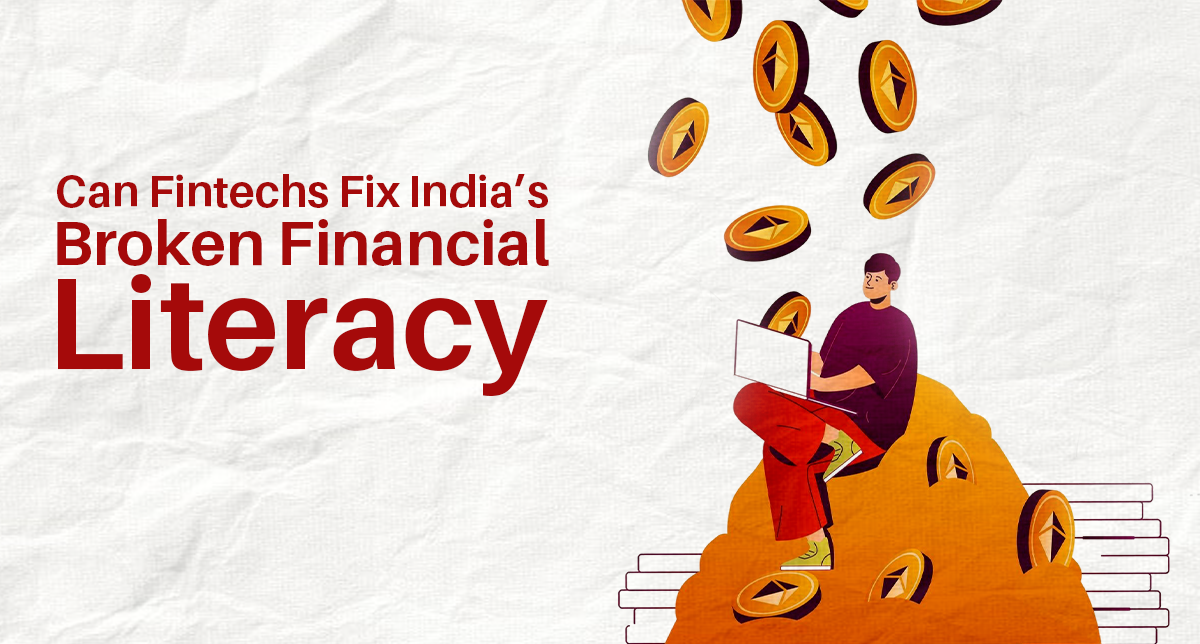Fintech in the India–US Trade Crossfire: What’s at Play?
What's Going On?
The current India us trade tensions are creating ripples across multiple sectors, including fintech. India and the U.S. are facing tariffs on imports, stricter regulations on tech hardware, and tighter cross-border policies. While U.S. tariff measures mainly target goods, the effects are increasingly felt in digital services such as fintech infrastructure and demand. Higher import duties on hardware card readers, biometric devices, GPU servers are driving up operational costs for fintech players in India. Simultaneously, U.S. corporate clients, particularly in BFSI, are tightening tech budgets amid economic uncertainty, delaying fintech-driven digital transformation projects. Though the main impact is on goods and manufacturing, India’s fast-growing fintech ecosystem is also feeling the pressure.
1. Rising Costs for Fintech Operations
Many Indian fintechs rely on imported tech such as card machines, biometric devices, servers, and GPUs. With higher tariffs, costs rise, affecting:
- Payment companies (POS device providers)
- Digital banks and neobanks
- Lending platforms using AI/ML models hosted on U.S. cloud services
To mitigate these costs, some companies are localizing operations, setting up assembly units in India to bypass import duties and lower expenses.
2. Making Cross-Border Payments Easier (Despite the Tensions)
Even as India us trade becomes more complex, Indian fintech continues to support exporters and businesses by streamlining international payments. Examples include:
- PayPal launched a global platform integrated with UPI to help Indian sellers receive payments faster.
- PayPal India received RBI approval as a cross-border payment aggregator, enabling small exporters to collect foreign payments without complex banking procedures.
Thus, fintech keeps money moving even when trade slows.
3. More Rules = More Fintech Opportunity
With tariffs and regulatory rules increasing, businesses face compliance challenges. This is where RegTech a branch of fintech steps in to automate:
- Risk checks
- Tax compliance
- Real-time monitoring of trade regulations
Indian RegTech startups are helping exporters and importers stay compliant and efficient amid evolving India us trade regulations.
4.The AI & Cloud Challenge
Many Indian fintechs run AI models on U.S.-based cloud platforms (AWS, Google Cloud) and use U.S.-made GPUs. Export restrictions and rising costs have created hurdles. Responses include:
- Building domestic GPU infrastructure to reduce reliance on imports
- Migrating AI workloads to local cloud platforms, promoting self-reliance and resilience in fintech innovation
5.U.S. Investors Getting Cautious
Much of the funding for Indian fintech startups comes from U.S. investors. Rising India us trade tensions have made some investors: More cautious with large investments
- Focused on profitability rather than growth at all costs
- Adjusting valuations and funding timelines
Indian fintechs are adapting by seeking investment from the Middle East and Southeast Asia, emphasizing sustainable growth over capital burn.
Broader Implications & the Fintech Opportunity Horizon
Despite geopolitical and policy challenges, fintechs that adapt to regulations, localize infrastructure, and innovate in cross-border payments are creating new opportunities. India’s Unified Payments Interface (UPI) is gaining international credibility through platforms like PayPal World. Initiatives such as fintech sandboxes and India-U.S. trade agreements are enabling Indian fintech to diversify services beyond the U.S., exploring markets in the UAE, Africa, and Latin America.
RegTech as a Strategic Enabler
Dynamic tariffs and trade barriers increase regulatory complexity. Emerging RegTech solutions now help fintech firms:
- Monitor compliance in real-time
- Automate risk assessments
- Adapt to evolving India us trade norms
These tools are crucial for smooth operation of cross-border payment and lending platforms.
Localization & Assembly
Partnering with local manufacturers helps fintech reduce import tariffs and create resilient supply chains.
Digital-First Architecture
Shifting compute-heavy workloads to local cloud/data centers minimizes tariff exposure on imported hardware.
Funding Diversification: Beyond U.S. Venture Capital
Trade uncertainty has caused U.S. investors to be cautious. Fintechs are increasingly attracting funding from the Middle East and Southeast Asia, reducing overreliance on U.S. capital and fostering regional collaboration.
So, What's the Bigger Picture?
Even with India US trade tensions, Indian fintech isn’t slowing down. In fact, it’s: Making trade and cross-border payments easier
- Building local tech infrastructure to reduce dependency on imports
- Helping businesses stay compliant with smart RegTech tools
- Adapting to global funding and investor trends
Indian fintech is transforming global challenges into national opportunities helping India trade smarter, not just harder.
Latest Blog

Fintech x AI: How Artificial Intelligence is Reshaping Financial Services

India’s UPI Goes Global: Redefining Cross-Border Finance

SEBI’s Research Certification Rule: A New Era of Credibility in Indian Markets

Indian Financial Literacy is Broken. Can Fintechs Fix What Schools Never Taught?



